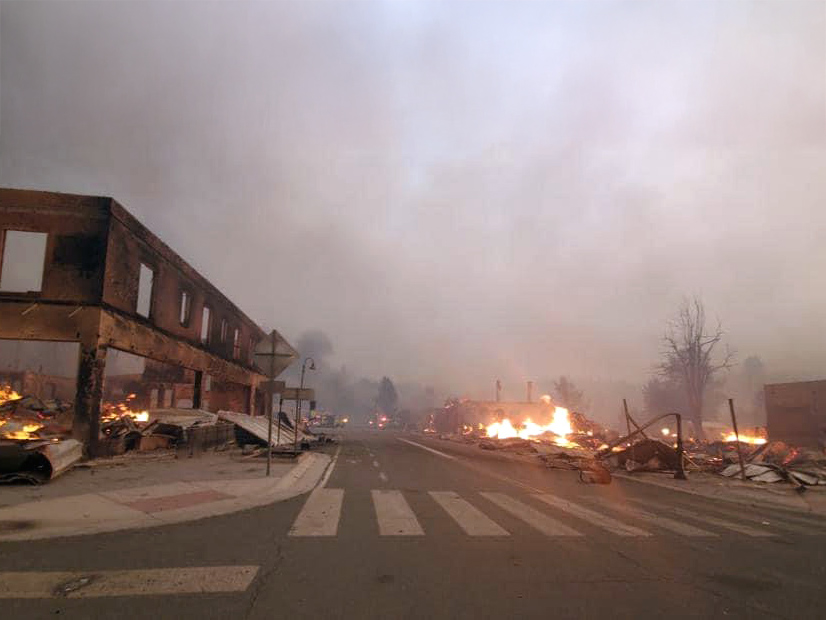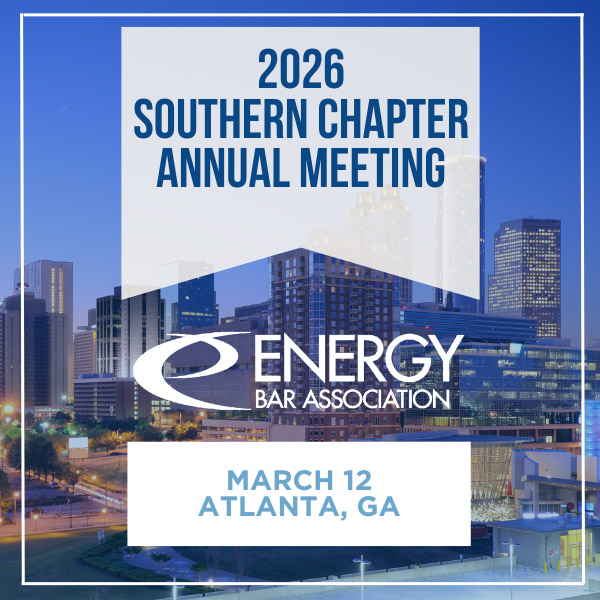
A bipartisan bill in the U.S. Senate would make it easier for utilities to clear trees around power lines on U.S. Forest Service land by not requiring a timber sale for the cut-down material.
Senate Bill 349, also known as the Fire-Safe Electrical Corridors Act, is one in a package of three bipartisan fire-safety bills that Sen. Alex Padilla (D-Calif.) announced Feb. 3.
Another bill in the package is the wide-ranging Wildfire Emergency Act, or SB 350. Among its provisions are creating a prescribed fire training center in the West and speeding up the installation of wildfire detection equipment on the ground and in space.
The third bill, SB 336, would give homeowners a tax exemption on money they receive through state programs to protect their homes from natural disasters.
The bills come as the Los Angeles area starts to recover from last month’s severe wildfires that have been called the worst natural disaster in the city’s history.
But California is not alone in facing wildfire threats. Wildfires burned 8.8 million acres across the U.S. last year, with about 1 million acres of that land in California.
“Montanans see firsthand the effects that catastrophic wildfires have on our communities,” Sen. Steve Daines (R-Mont.) said in a statement. Daines and Padilla are cosponsors of the Wildfire Emergency Act and the Fire-Safe Electrical Corridors Act.
Among the 11 sponsors of SB 336, the Disaster Mitigation and Tax Parity Act, are Padilla and Sens. Adam Schiff (D-Calif.), Thom Tillis (R-N.C.) and Bill Cassidy (R-La.). California, North Carolina and Louisiana are states that offer grants to homeowners to take steps such as removing fire-prone vegetation around their homes or strengthening roofs or foundations.
“Homeowners should not face additional taxes for wanting to protect their homes,” Schiff said in a statement.
All three bills were introduced Jan. 30 and referred to committee.
Tree Removal Targeted
Under SB 349, the Forest Service could give electric utilities standing permission to remove hazardous trees near power lines within existing rights-of-way. A timber sale would not be required as part of the tree removal. But if a utility opts to sell the cut-down trees, the proceeds — minus transportation costs — must be given to the Forest Service.
Although the USFS now allows utilities to cut down and trim trees in utility corridors, some forest managers view the law as forbidding removal of the material, Padilla’s office said in a release. As a result, dry fuels can build up beneath utility lines.
“This bill would help reduce the risk of wildfires on forest lands by ensuring the clearing of existing corridors and give certainty to utilities,” Padilla’s office said.
Three of California’s largest or most destructive fires were started by electrical equipment, the release noted. Those include the 2021 Dixie Fire, which burned 963,309 acres, making it the second-largest wildfire in state history. The blaze started when a tree fell onto a PG&E distribution line.
Powerlines also were blamed for the 2017 Thomas Fire, which charred 281,893 acres, and the 2018 Camp Fire, which destroyed 18,804 buildings and killed 85 people, according to California Department of Forestry and Fire Protection (Cal Fire) statistics.
The wildfire crisis “demands more proactive responses from the federal government,” Padilla’s office said in a fact sheet on SB 350.
The Wildfire Emergency Act would create an energy resilience program at the Department of Energy to ensure that critical facilities, such as hospitals, schools, utility stations and police stations, can keep operating during wildfires. The bill would authorize $100 million for retrofits.
The bill would expand a Department of Energy weatherization grant program to give low-income households up to $13,000 for wildfire-hardening measures, such as ember resistant roofs or gutters.
The bill also would allow the Forest Service to pilot the use of private financing to restore wildfire-damaged forests. And the bill would allow the expansion of up to 20 existing collaborative forest restoration projects.


